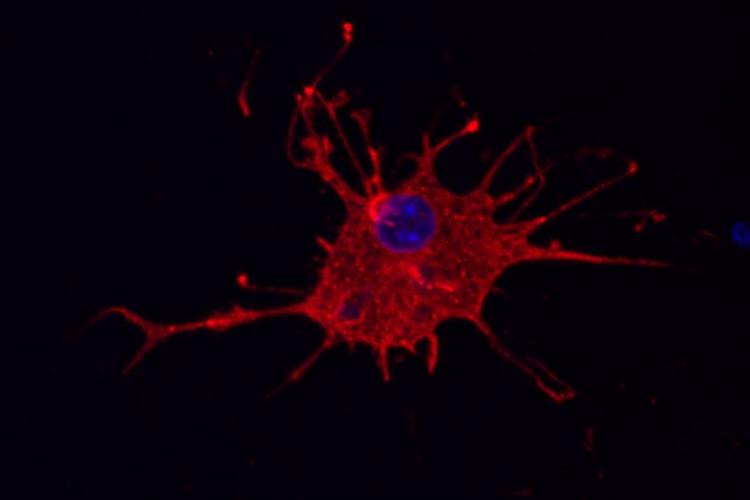An SME partner in the IMI PHAGO project has filed a patent application with the European Patent Office for an improved protocol for generating high numbers of human microglia, implicated in Alzheimer’s disease, from induced pluripotent stem cells (iPSCs).

Microglia are thought to play an important role in the development and progression of Alzheimer’s. To understand more about their function, researchers in PHAGO looked at genetically distinct iPSCs generated from the blood of patients with Alzheimer’s, and microglia derived from them. This technique is technically challenging and cumbersome.
LIFE & BRAIN GmbH, who is co-leading the project’s work package on iPSC models, has now developed an improved method that involves new types of material, using patient cells collected by the team at King's College London. The new method enables bioreactor-based expansion and can yield very high numbers of iPSC-derived microglia.
This technique not only facilitates biomedical research; it might also offer new perspectives for a possible immunotherapeutic approach to treat patients with a genetic disposition to Alzheimer’s. In the PHAGO project, 40 iPSC lines have already been generated from donors that carry several different genetic mutations in the TREM2 or CD33 gene. PHAGO is working with the IMI initiative EBiSC (European Bank for Induced pluripotent Stem Cells) to make these cell lines accessible to researchers via the EBiSC catalogue.
Read more
Note: this article was corrected on 5 June - the cell lines are not yet accessible via the EBiSC catalogue, but EBiSC and PHAGO are working together to make this possible.
